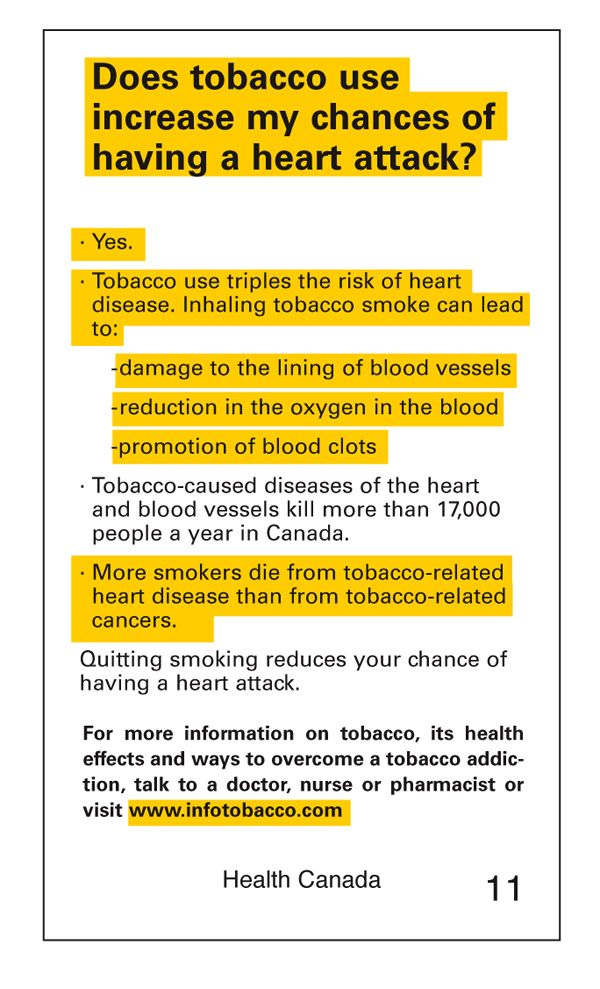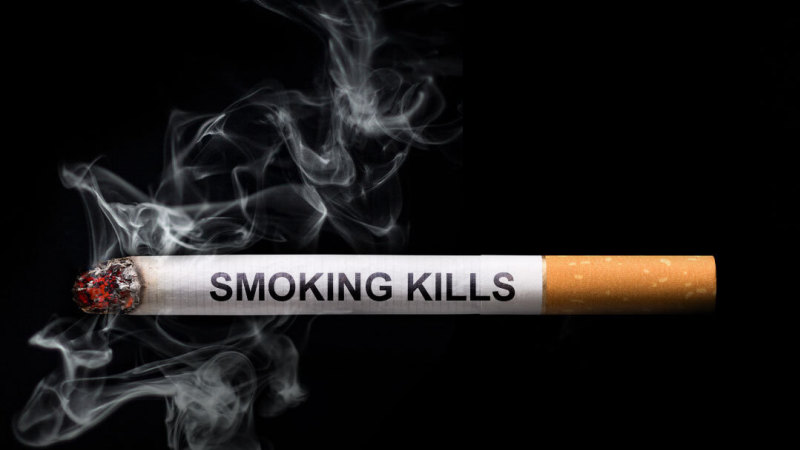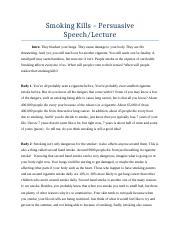Tobacco kills. This statement may seem obvious to many of us, but the devastating effects of tobacco use are often overlooked or downplayed. According to the World Health Organization, tobacco use is the leading cause of preventable death and disease worldwide. It is responsible for more than 8 million deaths each year, and if current trends continue, this number is expected to rise to more than 10 million by 2030.
There are many reasons why tobacco is so deadly. One of the main reasons is that it contains a highly addictive substance called nicotine, which is what makes it so difficult for people to quit smoking. In addition to nicotine, tobacco also contains a number of other harmful chemicals, such as tar, carbon monoxide, and dozens of carcinogens. When these chemicals are inhaled into the lungs, they can cause serious damage to the respiratory system, as well as other organs in the body.
One of the most common consequences of tobacco use is lung cancer. According to the American Cancer Society, smoking is the leading cause of lung cancer, accounting for 85% of all cases. It is also a major cause of other types of cancer, such as mouth, throat, pancreas, kidney, bladder, and cervix. In addition to cancer, tobacco use is also linked to a number of other serious health problems, including heart disease, stroke, chronic obstructive pulmonary disease (COPD), and emphysema.
Tobacco use is not just harmful to the user, but it also has negative impacts on those around them. Secondhand smoke, which is the smoke exhaled by a smoker or the smoke produced by burning tobacco products, is also harmful to the health of non-smoking individuals. It can cause cancer, heart disease, and other serious health problems in non-smoking adults and children.
Despite the well-known dangers of tobacco use, it remains a major public health problem. Many people continue to smoke or use other tobacco products, often due to addiction or the influence of social and cultural factors. In order to reduce the devastating toll of tobacco on public health, it is important for governments, health organizations, and communities to work together to implement effective tobacco control measures, such as higher taxes on tobacco products, strong warning labels, and comprehensive smoke-free policies.
In conclusion, tobacco kills. Its harmful effects are well-established and cannot be ignored. It is important for individuals to be aware of the dangers of tobacco use and to make the decision to quit or never start. It is also crucial for governments and communities to take action to reduce the toll of tobacco on public health. Together, we can work to create a world where tobacco use is no longer a leading cause of preventable death and disease.







